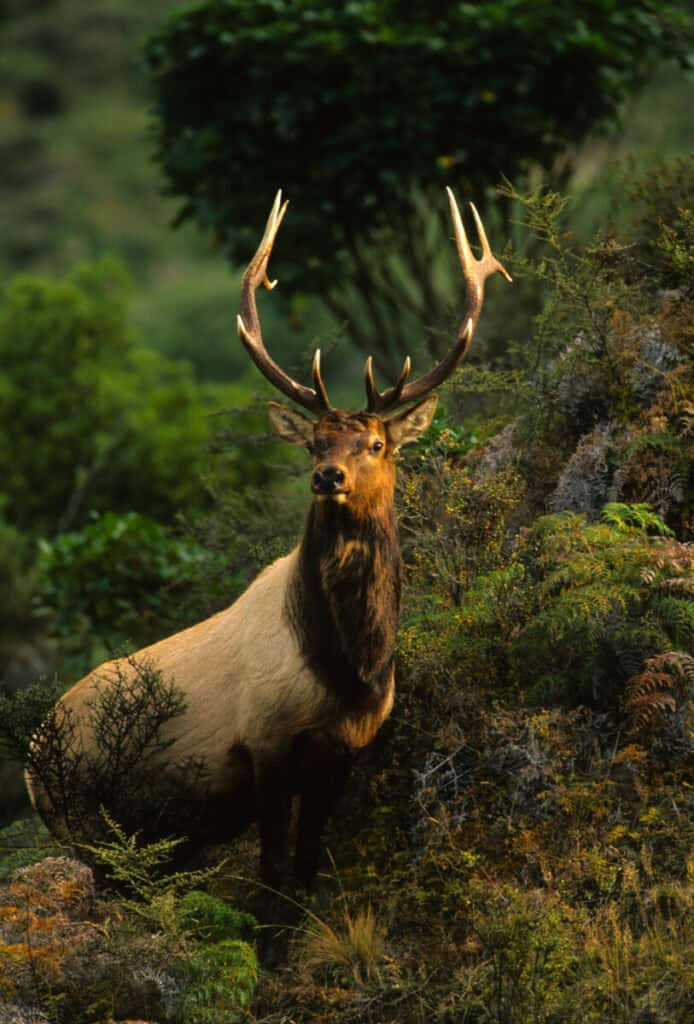
I’ve observed that numerous hunters transitioning from deer to elk make common, understandable errors. When your only experience is with whitetails, blacktails, or mule deer, these mistakes are forgivable. In the deer woods, we are trained early on to value caution, patience, and silence. However, elk differ immensely, both in size—being three times larger than the average deer—and in behavior. It’s akin to mastering trout fishing only to apply those skills to king salmon—they might be in the same family, but they’re entirely different creatures.
Mule deer share some similarities with elk regarding the environments they inhabit and the methods used to hunt them, yet they possess far superior sight and hearing. Recognizing these distinctions with elk can lead to success in one of the most challenging hunts. Let’s explore what practices are effective and which ones to avoid.
You Can Make Noise
Surprisingly, noise can be beneficial. Jason Phelps also advocates for this approach. Elk are boisterous animals and expect to hear the sound of snapping branches and rustling brush around them. While calling bulls during archery season, I intentionally tromp on fallen logs and sometimes even bash trees with a makeshift club. Although stealth is occasionally necessary, these large cervids won’t always bolt at the slightest noise like their smaller relatives. Shooting accuracy is more crucial than maintaining silence.
After the rut, stealth becomes more critical. Rifle hunters usually aim to navigate the woods unnoticed, often aided by snow cover. However, even then, making mistakes that would alarm a whitetail may go unnoticed.
You Can Move in Sight
Elk have poorer vision compared to deer, which has amazed me repeatedly. The four bulls I harvested over the past four years were either watching me or facing my general direction when I drew my bow. Overcoming this obstacle is a common challenge.
It’s completely understandable: you’ve likely invested significant time and effort trying to get within bow range of a bull. Why risk blowing that chance by drawing back a hefty bow in front of them?
The answer is camouflage. When you blend into your environment with a good pattern and backdrop, elk struggle to identify you as a threat. If they hear calls, they anticipate seeing another elk in your position, so minor movements won’t usually alarm them. Wearing a facemask or smudging charcoal on your face can be helpful. They won’t offer you much time, but often enough for you to draw and take an accurate shot. Don’t let hesitation cause you to miss your chance.
You Can’t Hunt Just One Spot
Elk roam vast mountain ranges annually, transitioning from high alpine in the summer to riverbottom thickets in winter, or vice versa. Whitetails, conversely, often live their whole lives within a couple of square miles. Elk are social, herd-oriented creatures, while whitetails are evenly spread across their habitat.
A Midwestern whitetail hunter might remain in one stand all season, hoping for that elusive swamp buck. But in elk territory, hunters can’t afford to be stationary. Elk are incredibly migratory and returning to places where they were once found is ineffective. Keep moving until you locate them. Whether it means glassing from a high ridge, scrutinizing maps, bugling over large areas, or exploring every possible location—cover ground until you find a herd or a solitary bull. In a vast area of elk habitat, the majority will often be concentrated in a tiny fraction of it. Don’t squander time hunting where they aren’t present.
You Should Be Aggressive
After my encounter with Greg, the seasoned trad-bow bull hunter, I often repeat his mantra for elk hunting: “Just run in there and kill ’em.” I stress this to every mentee, but new elk hunters frequently have a mental block against acting assertively to secure a shot. It’s the deer hunter in them insisting on stillness.
Would you hide behind a tree when a pheasant takes flight? No, you’d sidestep, aim, and fire since it’s escaping. Elk scenarios are equally transient. Opportunities are scarce, so it’s vital to seize them. Forge your own luck.
